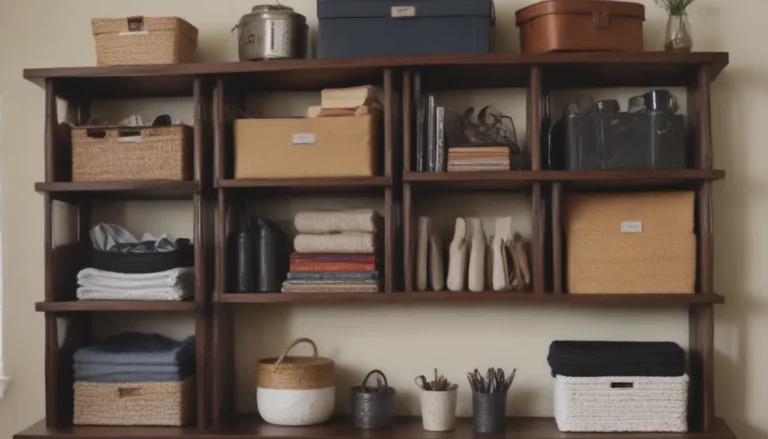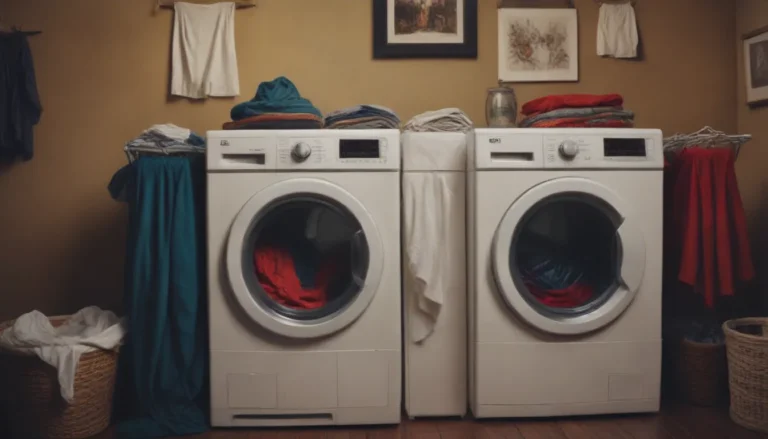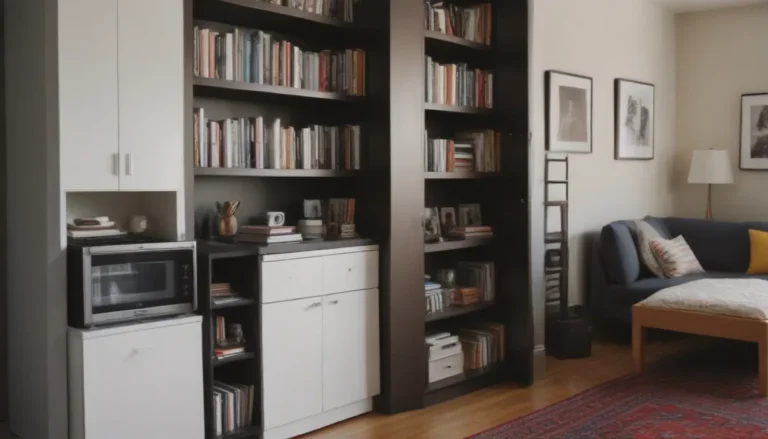Understanding the Importance of Indoor Air Quality

When it comes to the air we breathe indoors, it’s essential to consider the potential pollutants that can impact our health. From dust particles to allergens like pet dander and pollen, these contaminants can lead to respiratory issues and allergies. This is where the role of air purifiers comes into play. These devices are specifically designed to remove these harmful pollutants from the air, ultimately improving indoor air quality.
What Are Air Purifiers?
Air purifiers are appliances equipped with filters that target different contaminants in the air. These filters come in various types, such as high-efficiency particulate air (HEPA) filters, which are highly effective at capturing particles at 0.3 microns in size. By pulling air through these filters, air purifiers can trap dust, allergens, mold, bacteria, and other unwanted particles, leaving you with cleaner and healthier air to breathe.
How Do Air Purifiers Work?
As dust particles circulate in your indoor air, the air purifier works by drawing air through its filters, capturing the majority of these pollutants. The HEPA filter, known for its high efficiency in removing particles, plays a crucial role in reducing dust and allergens in the air. Some air purifiers also come with additional filters, such as odor filters and washable pre-filters, to target a broader range of pollutants. Understanding the types of filters available is important when choosing an air purifier that best suits your needs.
The Effectiveness of Air Purifiers in Removing Dust
Air purifiers are highly effective in removing dust, with some models claiming to eliminate up to 99% of dust particles from the air. However, the success of an air purifier in reducing dust depends on various factors such as placement and filter quality. Placing the air purifier in high-traffic areas and choosing a model with certified filters can enhance its performance in capturing dust and allergens.
Other Solutions for Improving Indoor Air Quality
While air purifiers are a valuable tool in reducing dust and pollutants in your home, there are additional steps you can take to enhance indoor air quality:
- Regular Cleaning: Dust surfaces regularly to prevent buildup and reduce the amount of dust circulating in the air.
- Ventilation: Ensure proper ventilation in your home to allow fresh air to circulate and remove pollutants.
- Control Humidity: Maintain optimal humidity levels to prevent mold growth, which can contribute to poor indoor air quality.
- Use Natural Cleaning Products: Opt for natural cleaning products to minimize the use of harsh chemicals that can release toxins into the air.
- Consider Houseplants: Certain houseplants can help purify the air by absorbing pollutants and releasing oxygen.
By incorporating these practices alongside using an air purifier, you can create a healthier indoor environment for you and your family.
The Future of Indoor Air Quality
Keeping up with the latest trends in indoor air quality is crucial for safeguarding your health. The Environmental Protection Agency (EPA) emphasizes the importance of maintaining clean indoor air to prevent respiratory issues and allergies. By investing in tools like air purifiers and adopting preventive measures, you can ensure that your home provides a safe and healthy environment for everyone.
In conclusion, air purifiers play a significant role in reducing dust and allergens in your home. By understanding how air purifiers work, the importance of quality filters, and implementing additional strategies to improve indoor air quality, you can breathe easier and enjoy a healthier living space. Remember, investing in your indoor air quality is an investment in your well-being.





